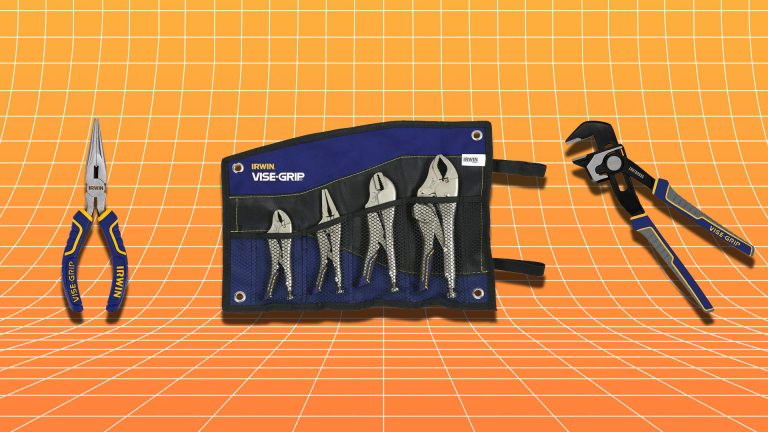Details of Hennessey’s 250+ MPH Crash Revealed Via Public Records

New details have come to light regarding Hennessey’s 250-mile-per-hour crash at the Launch and Landing Facility at the Kennedy Space Center on July 1. During straight-line testing, a Hennessey Venom F5 prototype crashed and flipped while trying to “break 300 mph,” leading to minor repairs to the NASA runway that Hennessey Performance was liable for, according to WKMG News 6.
The local news outlet cites information from a report it received after submitting a public records request that took two weeks to complete and was heavily redacted to protect “trade secrets” and proprietary information that belong to Hennessey. Even photos showing the $3 million hypercar in the aftermath of the crash were redacted, appearing as blacked-out blocks in documents obtained by WKMG.
Hennessey had rented the runway-turned-testing facility from Space Florida, the civilian contractor in charge of handling requests to use the LLF in just these kinds of trials. Hennessey and others rent out the runway at a cost of $2,200 per four-hour blocks to test cars like the V8 twin-turbo Venom F5, which makes 1,842 horsepower.
The terms of these rental agreements are outlined in a 30-page contract that specifies safety procedures, and is chock full of indemnification clauses so the tax-payer funded facility is not held responsible in the event of a crash—like the one Hennessey’s Venom F5 prototype endured during testing on July 1.
CEO John Hennessey explained that the “vehicle lost downforce causing the driver to lose control” but the driver walked away from the high-speed crash, which is amazing considering the circumstances and the potential for harm or death while crashing and flipping at over 250 mph. The Venom F5 had previously hit 271.6 mph back in 2022. Space Florida’s report for this incident stated that a safety vehicle and the test’s director arrived within 30 seconds of the vehicle stopping, while the cause was listed as “unknown,” adding that Hennessy was “investigating and evaluating mechanical failures and or causes.”
Straight-line testing is often carried out at the former Shuttle Landing Facility, which has hosted Air Force One and NASA Space Shuttles Atlantis, Discovery, and Endeavour, among others. The runway is 15,000 feet long with 1,000-foot overruns on each end. It’s “one of the few places in the world long enough, straight enough and flat enough,” per WKMG, for the development needed in Hennessey’s pursuit of making the Venom F5 the fastest production car in the world.
Space Florida tells WKMG that it frequently rejects applications to use the runway for testing and that it has strict regulations to avoid such incidents. Following the crash, Hennessey got a bill for $713 to pay for “hazmat cleanup and runway repairs”. Specifically, the runway required “3 spall repairs and joint seal material to 1 location.” But that cost seems pretty minor considering how badly things could have gone for Hennessey.



Got tips? Send ’em to [email protected]
Source: www.thedrive.com






